The Quiet Workhorse in Modern Cleaners: HPMC for Water Retention, Thickening, and Adhesion
In the labs and on factory floors, formulators keep reaching for HPMC Hydroxypropyl methyl cellulose ether water retaining thicker adhesive detergent because it does three jobs at once: stabilizes viscosity, locks in moisture, and boosts wet-adhesion on soiled surfaces. To be honest, that combination is hard to beat at industrial scale.
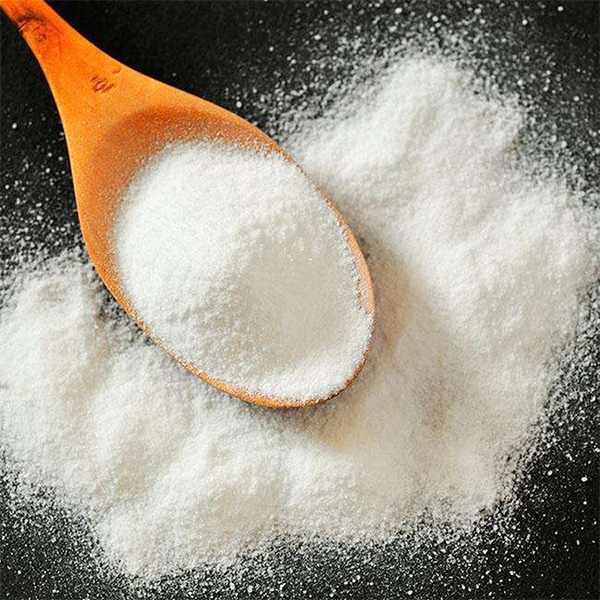
Industry snapshot
From thick dish gels to high-foam laundry liquids and hard-surface cleaners, non-ionic cellulose ethers are trending because they’re salt-tolerant and surfactant-friendly. Actually, many customers say they switched from acrylates for better shear-thinning and more “cushioned” flow in squeeze bottles. And with concentrate formats rising, formulators want a polymer that plays nicely with enzymes and fragrances—this is where HPMC Hydroxypropyl methyl cellulose ether water retaining thicker adhesive detergent tends to shine.
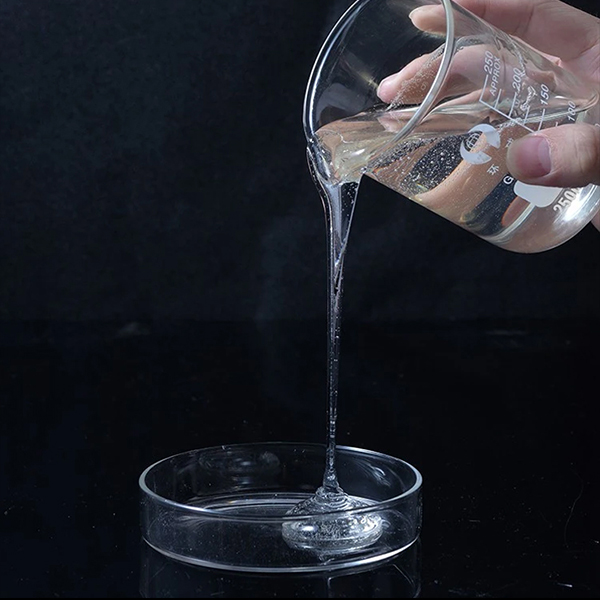
Technical specs (YFC-150)
Origin: No.1 Shifu East Road, Gaocheng District, Shijiazhuang, Hebei, China. CAS: 9004-65-3. Classification: Chemical Auxiliary Agent. Type: powder. Model: YFC-150.
| Parameter | Typical value (≈ real-world may vary) |
|---|---|
| Appearance | White to off-white powder |
| Viscosity (2% aq, 20°C, Brookfield) | ≈ 150,000 mPa·s (RV, Spindle/Speed per ASTM D2196) |
| pH (1% solution) | 5.0–8.0 |
| Moisture / Ash | ≤ 5% / ≤ 1.5% |
| Gel temperature | ≈ 60–70°C |
| Water retention index | High (≥ 95% in internal test) |
| Bulk density / Particle size | ≈ 0.35–0.45 g/cm³ / 98% < 180 μm |
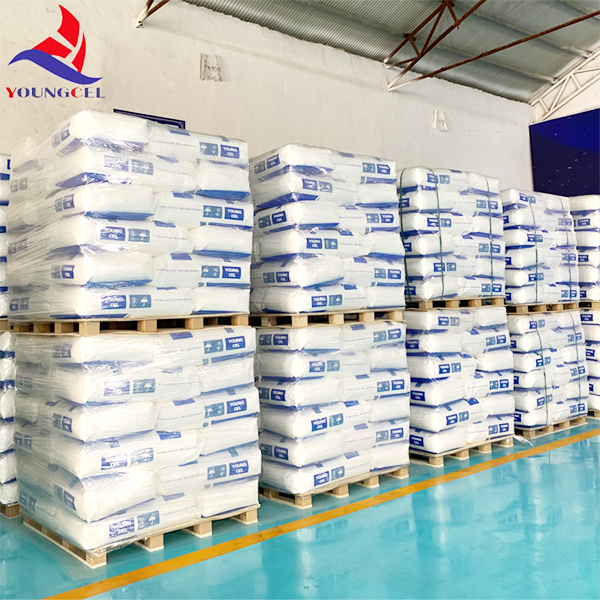
How formulators use it
- Thickening: dish gels, hand soaps, multipurpose cleaners, bathroom foams.
- Stabilization: prevents phase separation in surfactant-rich blends.
- Water retention: slows evaporation on vertical surfaces, aiding dwell time and soil lift.
- Adhesion: improves cling to tiles, glass, steel—less runoff, better contact.
Process flow (quick guide)
- Materials: deionized water, surfactant package, solvents (if any), HPMC Hydroxypropyl methyl cellulose ether water retaining thicker adhesive detergent, perfumes, dye, preservative.
- Method: pre-wet HPMC in cold water with high shear; allow full hydration (15–45 min). Add surfactants gradually; adjust pH.
- Testing: viscosity (ASTM D2196 / ISO 3219), freeze–thaw, salt tolerance, sprayability, wet-adhesion (internal panel test).
- Service life: concentrates often 24 months sealed at 5–30°C; real-world use may vary.
- Industries: household, I&I cleaning, automotive care, institutional kitchens.
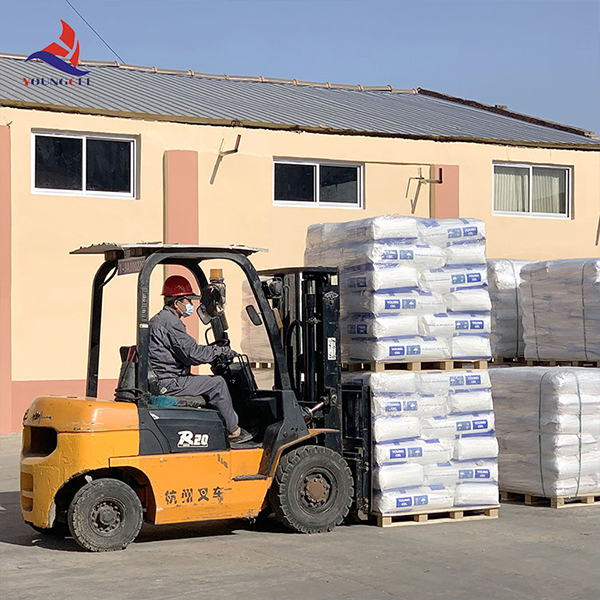
Vendor comparison (indicative)
| Vendor | Grade | Viscosity (2%) | Water retention | Certs | Notes |
|---|---|---|---|---|---|
| Youngcel (Shijiazhuang, Hebei) | YFC-150 | ≈150k mPa·s | High (≥95%) | ISO 9001, REACH-ready | Good salt tolerance; consistent lots |
| Vendor A | HPMC-140 | ≈120k | Medium–High | ISO 14001 | Slight batch variation |
| Vendor B | HPMC-HG | ≈180k | High | RoHS | Premium pricing |
Customization and field notes
Need faster build? Ask for finer cut or surface-treated HPMC Hydroxypropyl methyl cellulose ether water retaining thicker adhesive detergent. Fragrance-heavy SKUs sometimes prefer slightly lower viscosity (≈80–100k) to avoid spray stringing. Customer feedback: “surprisingly stable after five freeze–thaw cycles” and “nice cling on vertical chrome.”
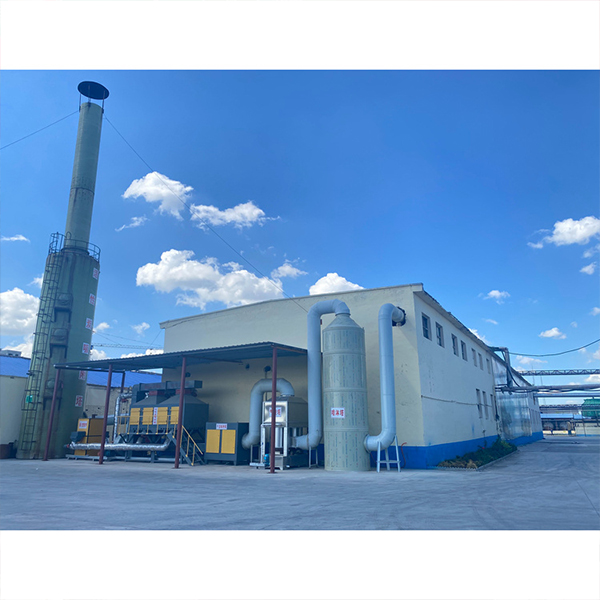
Mini case studies
- APAC dish gel: switched from carbomer; achieved ≈20% lower cost-in-use and better foam stability at 40°C wash water.
- EU bathroom cleaner: dwell time on vertical tiles increased ≈30%, measured by mass loss over time; soil removal improved per ASTM D4828 method.
Compliance and quality: ISO 9001, typical heavy-metal limits met; SDS and TDS available. Shelf life about 24 months sealed. As always, run pilot batches—real-world surfactant systems can be quirky.
Authoritative citations
-
Understanding Methyl 2 Hydroxyethyl Cellulose: Uses, Benefits & Industry InsightsNewsNov.24,2025
-
Hydroxyethyl Methyl Cellulose HEMC: Industrial Uses, Benefits & Future TrendsNewsNov.23,2025
-
HEMC Cellulose: Versatile & Sustainable Industrial Polymer | YoungcelNewsNov.23,2025
-
Methyl Hydroxyethyl Cellulose: Versatile Building Block for Industry & SustainabilityNewsNov.23,2025
-
CAS 9032 42 2: Understanding Polyvinyl Alcohol's Impact on Industry & SustainabilityNewsNov.22,2025
-
Hydroxyethyl Methyl Cellulose: Versatile Solutions for Modern Industry and SustainabilityNewsNov.22,2025




